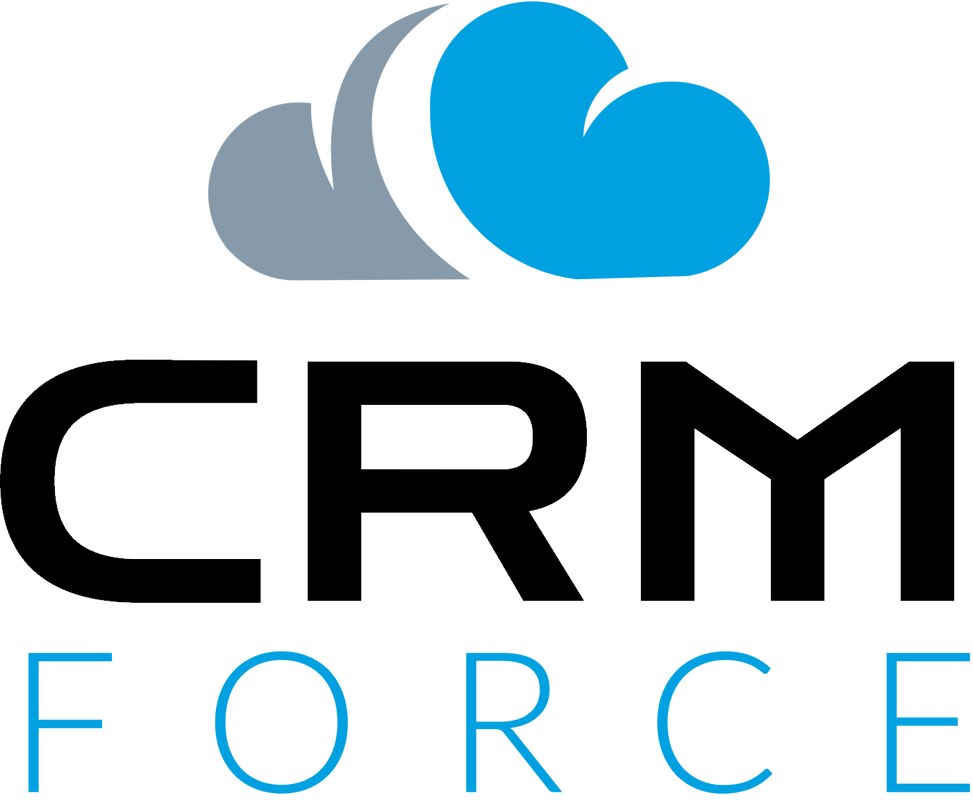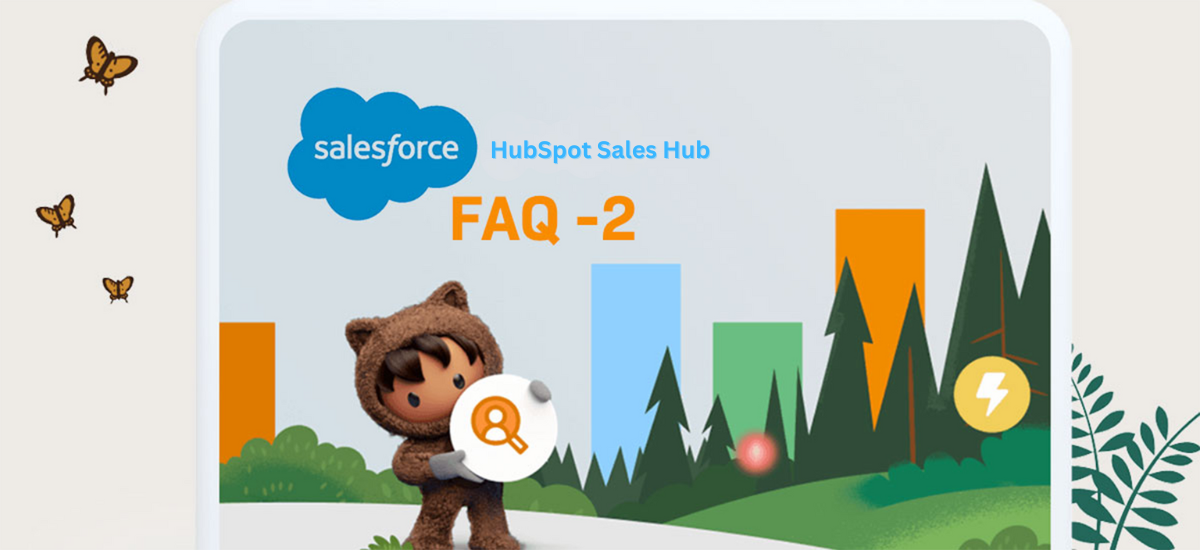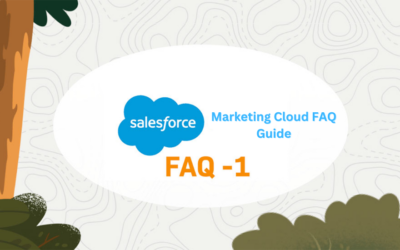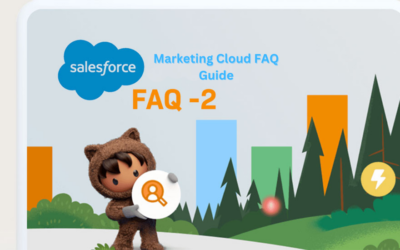In today’s digital age, businesses are increasingly turning to inbound marketing and sales strategies to drive growth and build lasting customer relationships. At the forefront of this transformation is HubSpot, a powerful inbound marketing and sales software that empowers organizations to attract, engage, and delight their customers. As businesses recognize the pivotal role that HubSpot plays in their marketing and sales efforts, the demand for skilled HubSpot Admins and Specialists is on the rise. These professionals are the driving force behind harnessing the full potential of the HubSpot platform, ensuring that businesses leverage its features and capabilities to achieve their marketing goals effectively.
To identify the right candidates for the crucial roles of HubSpot Admins and Specialists, it’s essential to conduct thorough and insightful interviews. This article presents a comprehensive list of the top 20 interview questions, along with detailed answers, designed to help you assess the proficiency and expertise of candidates in utilizing HubSpot. Whether you’re a hiring manager seeking to build a stellar inbound marketing team or a candidate looking to prepare for a HubSpot-related interview, this guide will equip you with the knowledge and insights needed to excel in the world of HubSpot administration and specialization. So, let’s dive in and discover the key questions and answers that will help you find the perfect fit for your HubSpot-centric roles. If you need assistance with Salesforce CRM setup and optimization, companies like CRM Force can provide valuable expertise and support.
1- How do you use HubSpot’s API to retrieve data from the platform or push data to it?
Answer: To interact with HubSpot’s API, you’d: Obtain an API key from your HubSpot account. Make HTTP requests to the API endpoints using libraries like Python’s Requests. Use GET requests to retrieve data (e.g., contacts, deals) and POST requests to push data (e.g., create new contacts or update records). Handle authentication and pagination as necessary for your specific use case.
2- How to set up and use the HubSpot Tracking Code on a website?
Answer: Setting up the HubSpot Tracking Code involves: Accessing your HubSpot account to generate the tracking code. Copying the code and adding it to the header or footer of your website’s HTML. Ensuring it’s present on every page where you want to track visitor activity. The code tracks user interactions and provides data for analytics in your HubSpot account, HubSpot Free Demo for All Products.
3- What is the HubSpot Marketplace, and how can you leverage it to enhance your HubSpot setup?
Answer: The HubSpot Marketplace is a hub for finding and installing pre-built integrations, apps, and templates to enhance your HubSpot setup. You can use it to find tools and assets that streamline your marketing, sales, and customer service efforts. These integrations can extend HubSpot’s functionality to meet your specific needs without custom development,Service Hub. Starter
4- How do you create an automated email workflow in HubSpot, and what are some best practices for effective email automation?
Answer: To create an automated email workflow: Define the goal and target audience.
Set up workflow triggers based on user behavior. Create personalized emails and define sending conditions. Monitor performance and make optimizations. Best practices include segmenting your audience, setting clear goals, and personalizing content to increase engagement.
5- What are HubSpot sequences, and how can they be used in sales outreach?
Answer: HubSpot sequences are automated email sequences designed for sales outreach. They allow sales reps to send a series of personalized, automated emails to prospects. Sequences help maintain consistency in outreach, track engagement, and nurture leads through the sales process.
6- What is the HubSpot Attribution Report, and how can it help businesses analyze the effectiveness of their marketing channels?
Answer: The HubSpot Attribution Report provides insights into how different marketing channels contribute to conversions. It helps businesses understand which channels drive the most leads and revenue. Users can see the full customer journey and identify which touchpoints are the most influential in converting leads to customers, allowing for more informed marketing decisions, Marketing Hub Starter
7- How do you use the HubSpot CRM Dashboard to monitor sales and pipeline performance?
Answer: The HubSpot CRM Dashboard allows sales teams to monitor performance by displaying metrics like the number of deals in each stage of the pipeline, the average deal size, and the win rate. Users can customize the dashboard to focus on specific KPIs and quickly access important sales data.
8- What is lead source tracking in HubSpot, and why is it important for understanding the ROI of marketing campaigns?
Answer: Lead source tracking in HubSpot allows you to attribute leads and customers to specific marketing campaigns or channels. It’s crucial to understand the effectiveness of marketing efforts and calculate the return on investment (ROI). By identifying which sources generate the most valuable leads, businesses can allocate resources more effectively.
9- What are HubSpot’s chatbot capabilities, and how can they be used to improve customer engagement?
Answer: HubSpot offers chatbot capabilities that enable businesses to create and deploy chatbots on their websites. Chatbots can engage with visitors in real time, answer common questions, route inquiries to the right teams, and collect lead information. They enhance customer engagement by providing immediate assistance and capturing valuable data.
10- How can HubSpot’s social media management tools be used to schedule posts and track social media performance?
Answer: HubSpot’s social media management tools allow users to schedule posts in advance across multiple social media platforms. Additionally, users can track post performance, monitor engagement metrics, and analyze social media data within the platform. This helps businesses maintain an active social media presence and measure the impact of their social media efforts.
11- What are HubSpot workflows’ advanced capabilities, and how can they be used for complex automation tasks?
Answer: HubSpot workflows offer advanced capabilities such as branch logic, custom triggers, and time-based actions. These can be used to create complex automation tasks, such as: Segmenting leads dynamically based on specific criteria. Sending personalized follow-up emails at specific intervals. Triggering actions based on lead behavior across multiple channels.
12- What are some common issues that can arise when integrating external applications with HubSpot, and how do you troubleshoot them?
Answer: Common integration issues may include data syncing problems, authentication failures, or API limitations. To troubleshoot: Check API documentation for error codes and messages. Review integration settings and permissions in HubSpot. Test the integration with sample data. Contact the integration provider’s support for assistance.
13- How can you optimize HubSpot’s database performance and ensure efficient data storage and retrieval?
Answer: To optimize database performance in HubSpot: Regularly clean and archive old or irrelevant data. Use list segmentation to manage large contact databases. Limit the use of custom properties to essential data fields. Monitor API usage to prevent excessive data requests.
14- What is lead nurturing, and how can it be implemented effectively in HubSpot’s CRM?
Answer: Lead nurturing is the process of building relationships with leads over time to guide them through the buyer’s journey. In HubSpot’s CRM, effective lead nurturing can be implemented by: Segmenting leads based on behavior and demographics. Creating automated email workflows to send relevant content. Tracking lead engagement and adjusting nurturing strategies based on their interactions.
15- How do you import and export contacts and data in HubSpot, and what precautions should be taken to maintain data accuracy?
Answer: To import and export contacts and data in HubSpot: Use the Import tool to upload contact lists. Utilize export options to download data. Ensure data accuracy by validating and cleaning lists before importing, mapping fields correctly, and confirming data integrity after export.
16- What is list segmentation, and how can it be used to personalize marketing campaigns in HubSpot?
Answer: List segmentation in HubSpot involves dividing your contact database into smaller, targeted groups based on criteria like behavior, location, or lead source. This segmentation allows for personalized marketing campaigns, as you can tailor content and messaging to specific audience segments, increasing relevance and engagement.
17- How can HubSpot’s social media tools be used to schedule and publish posts across multiple social platforms?
Answer: HubSpot’s social media tools enable users to schedule and publish posts across various social platforms by Connecting their social media accounts to HubSpot. Creating and scheduling posts in advance. Choosing the desired posting date and time for each platform. Monitoring engagement and analyzing post performance within HubSpot.
18- What is social media monitoring, and why is it valuable for businesses using HubSpot?
Answer: Social media monitoring involves tracking and analyzing mentions, comments, and conversations about your brand or industry on social media platforms. It’s valuable for businesses using HubSpot as it helps: Monitor brand reputation and sentiment. Identify trends and customer concerns. Engage with audiences in real-time, enhancing customer relationships.
19- What are email workflows in HubSpot, and how can they be set up to automate email marketing tasks?
Answer: Email workflows in HubSpot are automated sequences of emails and actions triggered by contact behavior. To set up email workflows: Define the workflow goal and enrollment criteria. Create a series of personalized email templates. Set up conditions and delays between emails. Monitor performance and adjust the workflow to nurture leads effectively.
20- What is HubSpot’s quote tool, and how can it be used to create and manage quotes within the CRM?
Answer: HubSpot’s quote tool allows users to create and manage quotes directly within the CRM. It streamlines the quoting process by Generating professional-looking quotes with itemized details. Sending quotes to contacts for review and approval. Tracking quote status and conversion to deals within the CRM.
Conclusion
In the ever-evolving landscape of digital marketing, the importance of HubSpot Admins and Specialists cannot be overstated. They serve as the architects behind successful inbound marketing strategies, orchestrating the symphony of HubSpot’s tools and features to attract, engage, and delight customers. As the demand for skilled professionals in this domain continues to rise, the interview questions provided in this article offer a comprehensive and insightful framework for evaluating candidates. With these questions, you can uncover the depth of a candidate’s HubSpot expertise and their potential to drive your marketing efforts to new heights.
In closing, the world of HubSpot is a dynamic and transformative one, where innovation and adaptability are keys to success. By delving into these interview questions and answers, both organizations and candidates can embark on a journey toward excellence in inbound marketing and sales. Remember, it’s not just about finding the right person for the role; it’s about finding the right person to navigate the exciting possibilities that HubSpot offers in today’s digital marketplace. With the right knowledge, skills, and vision, HubSpot Admins and Specialists can propel businesses toward sustainable growth and lasting customer relationships. To learn more about how CRM Force can assist you in recruiting top CRM talent and optimizing your CRM strategies for successful drip campaigns, contact us today. Together, let’s maximize your customer engagement Contact Us today.





